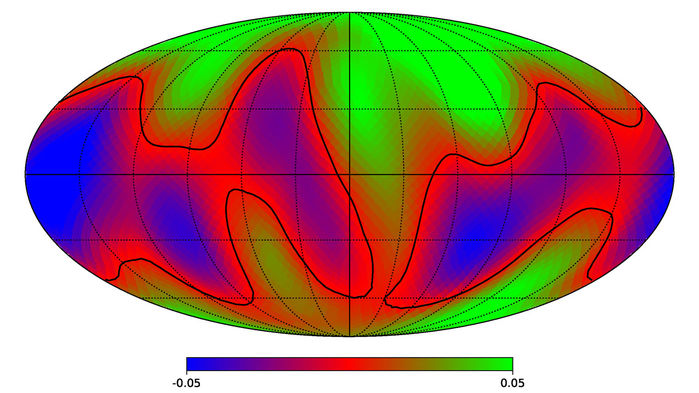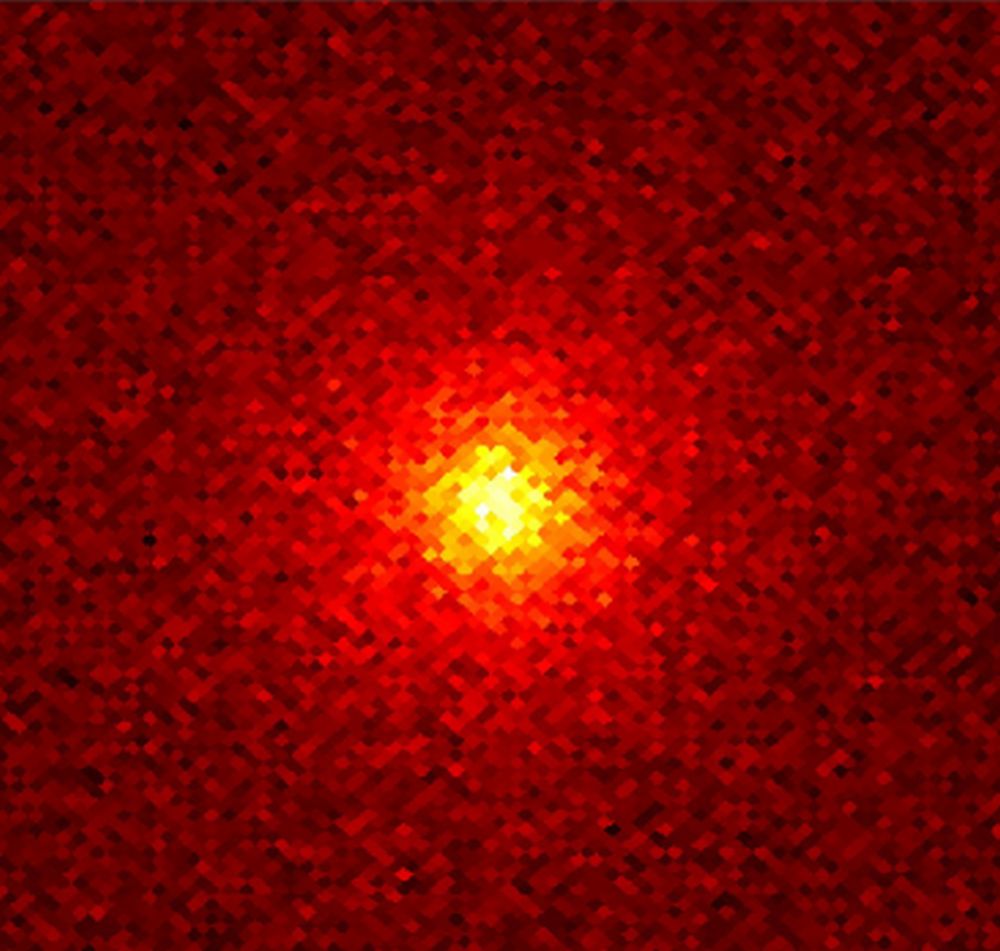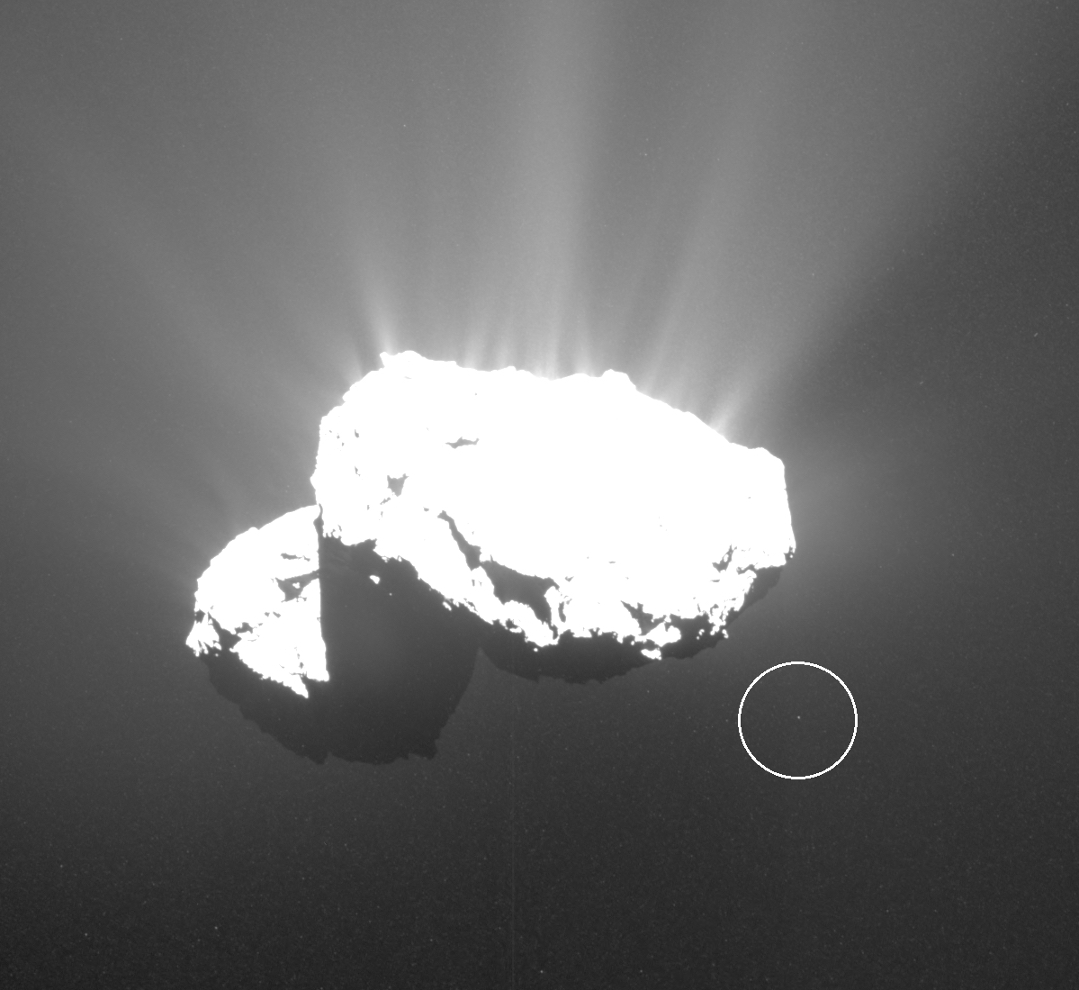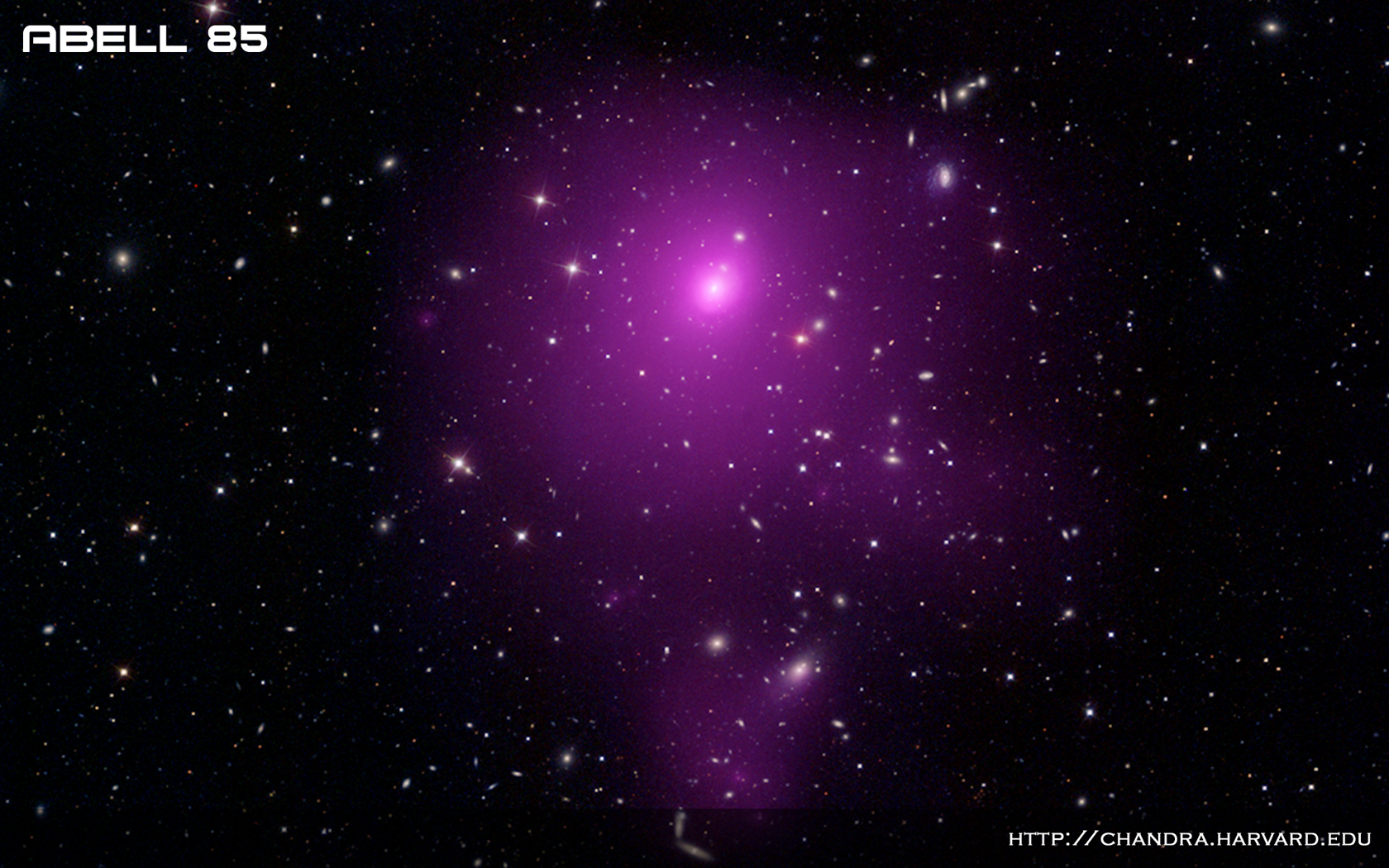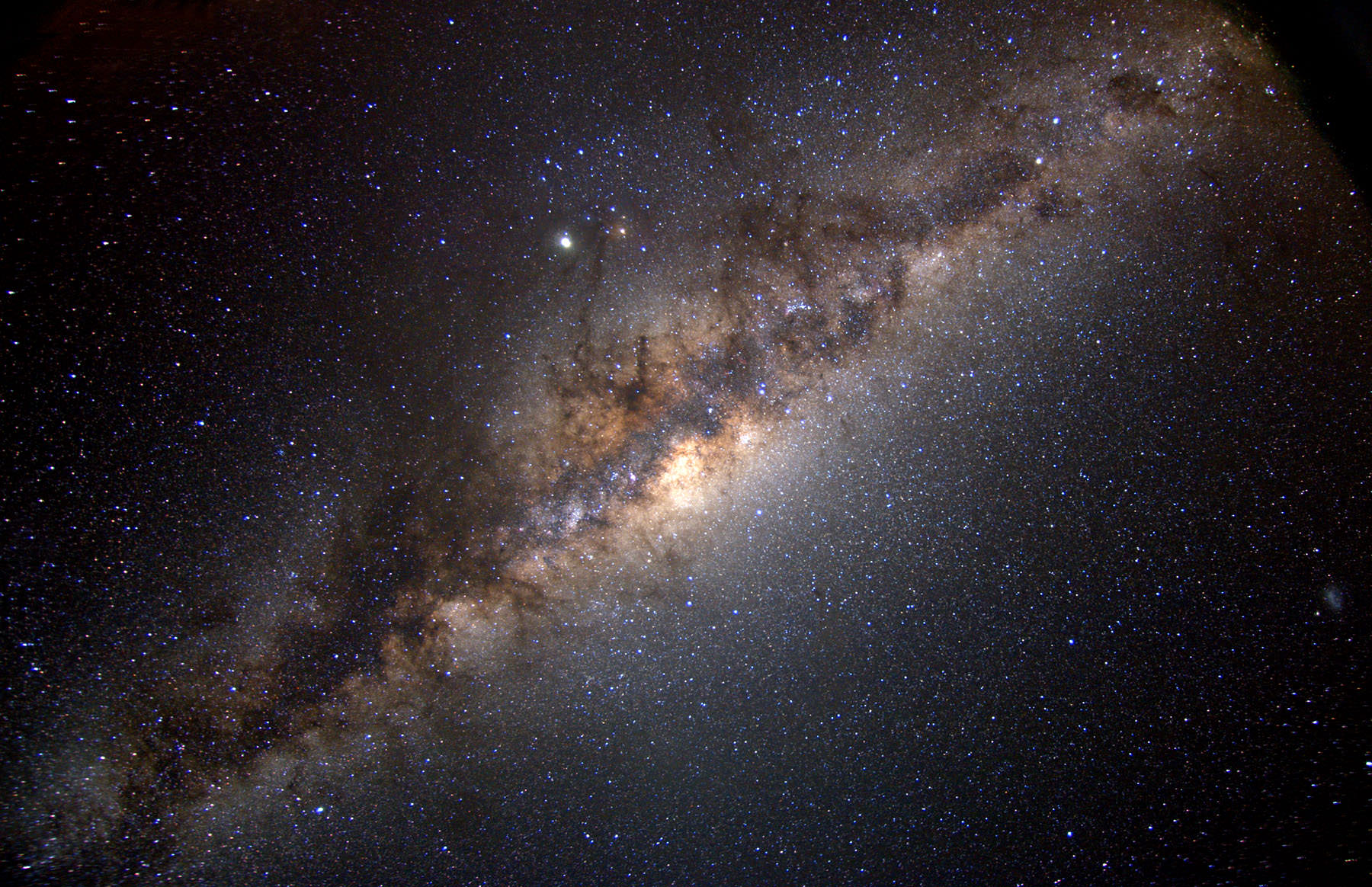The field of exoplanet research continues to grow by leaps and bounds. Thanks to missions like the Kepler Space Telescope, over four-thousand
For instance, a group of astronomers was able to image the surface of a planet orbiting a red dwarf star for the first time. Using data from the NASA Spitzer Space Telescope, the team was able to provide a rare glimpse at the conditions on the planet’s surface. And while those conditions were rather inhospitable – akin to something like Hades, but with less air to breathe – this represents a major breakthrough in the study of exoplanets.
Continue reading “Astronomers Image the Atmosphere of a Red Dwarf Planet for the First Time. Spoiler Alert, it’s a Terrible Place to Live”

